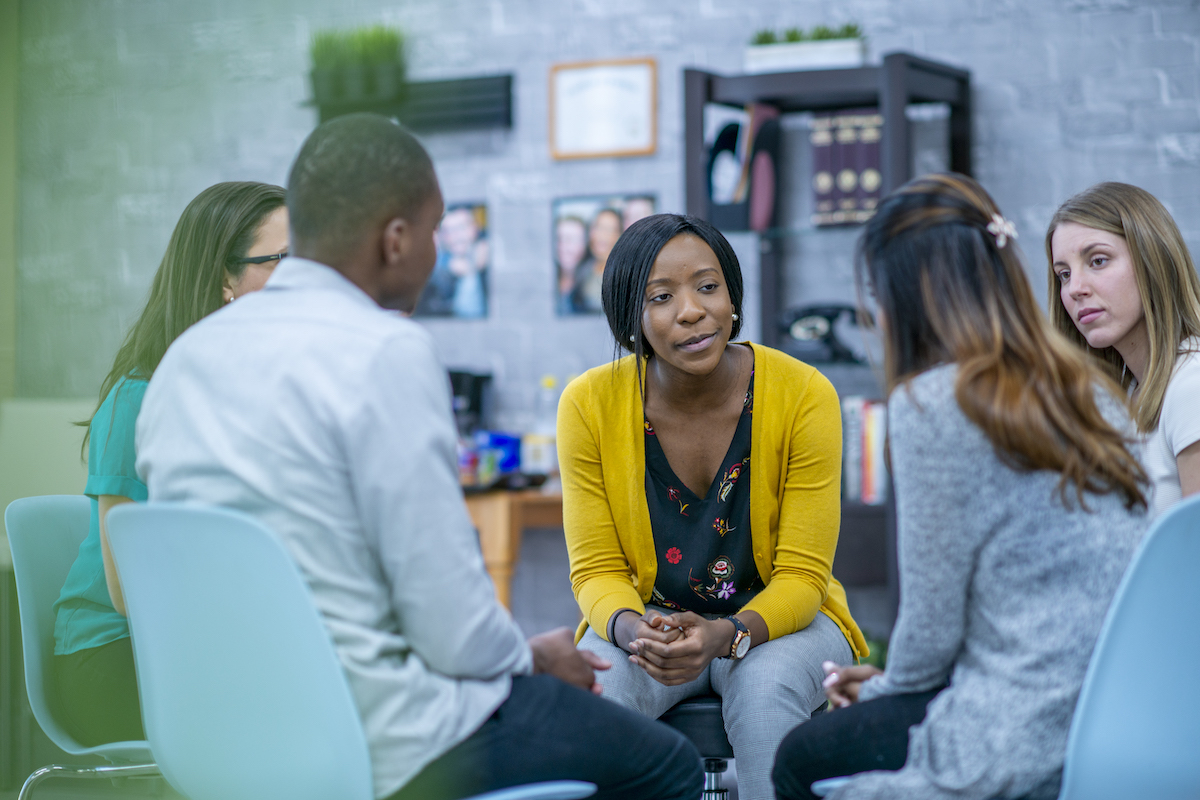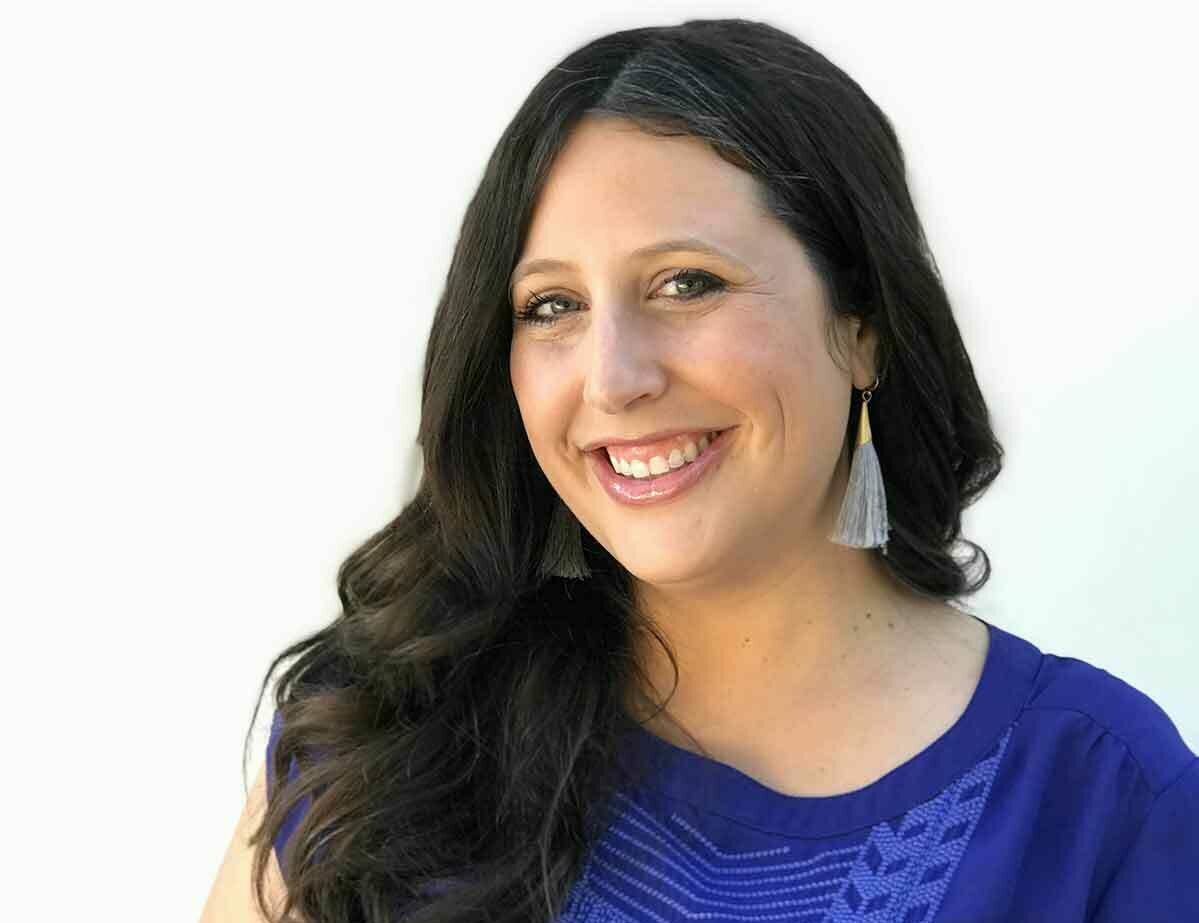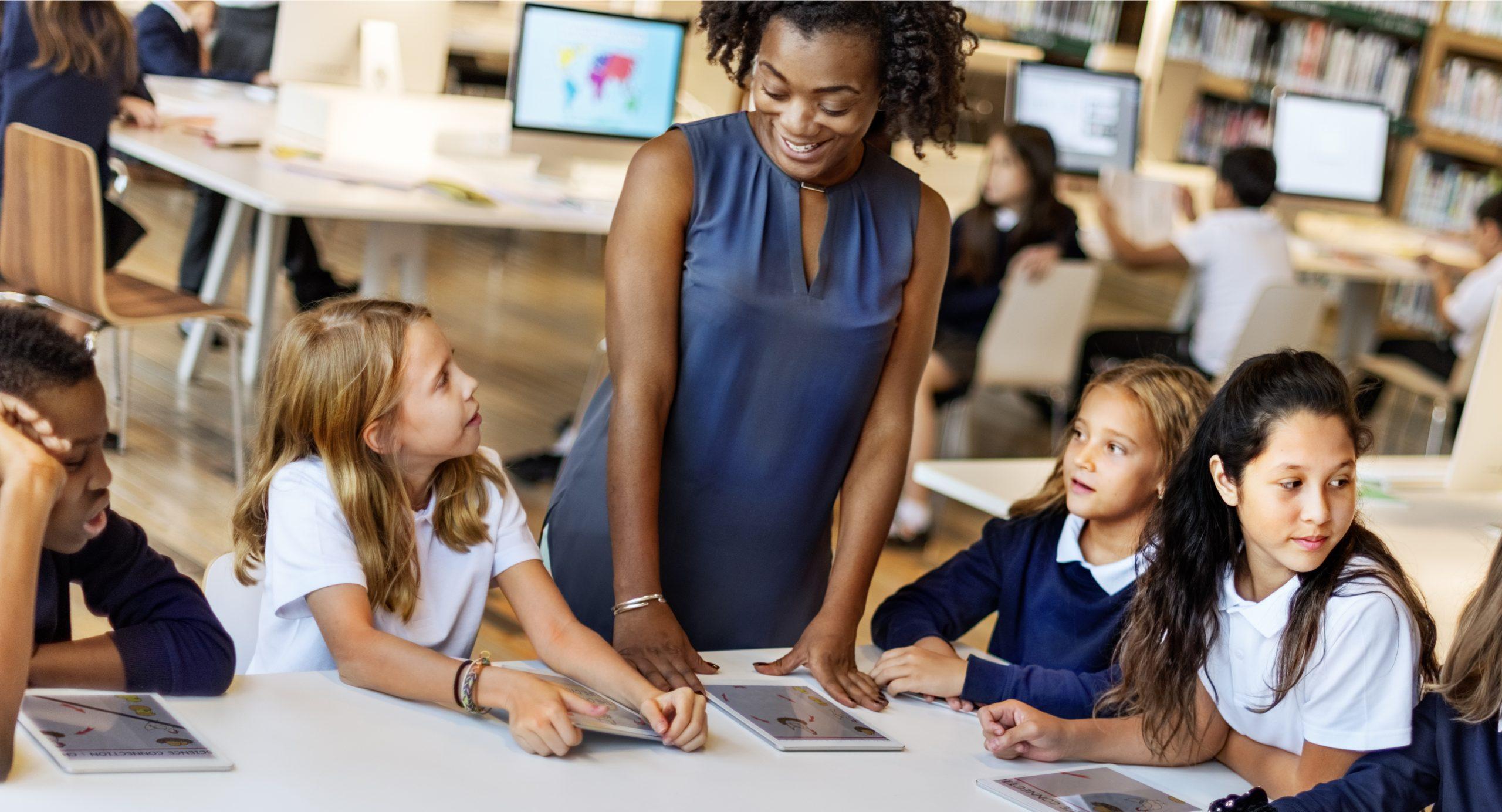FuelEd’s Guide to Social Emotional Learning (SEL)
“Social Emotional Learning” or SEL is now an integral part of many district and school initiatives to increase student wellbeing and academic performance. Whether you’re a teacher trying to figure out how to implement it in your classroom, a school leader working to improve school climate, or a district leader looking into how you can reduce student discipline—like many educators you are focusing on SEL. But what is the key to successful SEL?

In this article, we will define what SEL is, discuss the benefits of SEL, and provide tips on how to implement it. Let’s get started!
What is Social Emotional Learning (SEL)? The Collaborative for Academic Social and Emotional Learning has identified five competencies that humans need in order to thrive in their social and emotional lives: self-awareness, self-management, social awareness, relationship skills, and responsible decision-making.
In short, SEL is considered the pathway by which students gain competence in these five areas. The hope is that through experiences at school and home that promote these skills, young people will become adults who know themselves, regulate themselves, can understand and provide empathy to others, and make healthy life decisions. The benefits of such skills include improved mental and physical health, increased ability to build strong, positive relationships, and greater professional and personal success in life. Every adult and educator wants to see the children in their lives develop these social and emotional competencies.
But how exactly are these competencies developed in students and what part do teachers play in promoting them? Neuroscience provides the answer to this question. Before a child is born, their brain is comparatively underdeveloped, but after they are born, it is the bond between a child and an adult that shapes all brain development and sets the stage for all future learning.
In fact, each and every one of these five social and emotional competencies emerge for children in the context of consistent experiences with secure relationships with a healthy caregiver, where nurture, structure, and challenges are present.
This is why FuelEd’s professional learning equips educators with the knowledge, skills and resources to build the secure relationships that are foundational to social emotional learning. Our approach is founded on two core concepts:
- The best learning happens inside secure relationships, in relationships where students feel safe, seen, and soothed. Research shows that just one secure relationship is a key factor in establishing a positive long-term developmental trajectory. For many, that secure relationship is with a teacher.
- Teachers and other adults charged with leading student SEL must develop the CASEL 5 first to be able to successful support the SEL of others. As a result of their own childhood experiences, and/or because of the overwhelming stress of the job educators do not always have the necessary SEL skills they need to implement student-facing SEL programs.
As one student shared, “We go to SEL once a week, but the teacher just seems frustrated to have to teach us this stuff.”
In this case, students are being explicitly taught the behavior of self-management (what it is, why it’s important, and strategies for practicing it), while experiencing an adult who is struggling to self-regulate or even use the strategies being taught.
Teachers aren’t to blame—pre-service teacher training and most professional development programs don’t focus on SEL for teachers, and systemic challenges (e.g. understaffing, stressed student populations, poor compensation, mistrust) would test any adult in self-regulation and self-management.
Embedding the CASEL 5 skills into educator professional learning
Infusing social and emotional learning throughout a classroom, school, or district, starts with professional learning opportunities for the adults in the system—teachers, instructional coaches, assistant principals, district leaders, etc. Here’s how FuelEd has applied the CASEL 5 framework and embedded it into our educator SEL professional learning:
- Self-awareness (for educators):
CASEL defines this as “the capacity to understand and name one’s emotions, thoughts, values and strengths.” When it comes to educators, we think this should be expanded to include the ability to name your story and how it impacts your current relationships, behaviors, teaching practice, and decision-making. Self-awareness is also an indicator of an individuals' emotional health and wellbeing. - Self-management (for educators):
CASEL defines this as “the ability to manage one’s emotions, thoughts, and behaviors effectively in different situations.” When considering self-management for educators, we think this should include educators' capacity for self-regulation, stress tolerance, and ability to maintain healthy autonomy and agency. - Social awareness (for educators):
CASEL defines this as “the ability to understand the perspectives of and empathize with others.” We would also emphasize that this is one of the most powerful tools an educator has for developing SEL in students. And we’d expand the definition to include that an educator’s ability to understand another person’s experiences with trauma—and adjust their behavior accordingly—is essential. After all, this is at the heart of what it means to be trauma-informed, and from our perspective, it happens to be one of the greatest factors in an educator’s ability to build secure relationships. - Relationship skills (for educators):
CASEL defines this as “the ability to establish and maintain healthy, supportive relationships.” But what does this look like for adult educators? The most powerful and potent skills educators need to build safe and secure relationships boils down to two communication skills that can be both taught and learned. Simply, an educator should: know how to share themselves honestly and know how to make others feel understood. - Responsible decision-making (for educators):
CASEL defines this as “the capacity to make caring and constructive choices, especially when others are impacted.” When an educator needs to make a responsible decision, we believe that this should include balancing compassion with boundaries and staying out of judgment in tough situations.
Curious what Adult SEL looks like?
Check It OutFueling schools and districts with the power of relationships
Humans are a highly social. We look to one another for safety and identity, as well as how to treat one another. What is experienced in our relationships is the most powerful education we receive. So, when we provide opportunities for educators to experience feeling seen, empowered, and supported to develop their own self-awareness and well-being, it has a cascading impact on students. This is the key to success of SEL initiatives.
What is experienced in our relationships is the most powerful education we receive.
Understanding the science of relationships
Like students, adults learn through secure relationships and need learning experiences that are safe and scaffolded. An teacher or leaders professional growth depends on educators’ access to emotionally safe relationships. Do your educators have those relationships on campus? If they don't, their ability to grow their own social and emotional competencies will be limited.
The science of relationships is at the core of FuelEd professional learning. Our programming is a uniquely rooted in attachment theory—the most widely validated field of study on human relationships—and interpersonal neurobiology, the brain science that backs it up. We’ve translated research-based best practices from counseling psychology into practical and applicable relationship skills training for educators.
For example, our Whole Educator Collective builds educator understanding of the attachment theory, Participants explore how secure relationships support the healing of trauma, and are the key to all learning, exploration and growth. A skilled facilitator shepherds educators through a scaffolded learning experience that builds their self-awareness and develops their essential social-emotional skills. Teachers and leaders practice and develop their own SEL. The program is transformative, improving educator well-being and ability to lead and teach others effectively.
Other programs focus on developing, embedding and sustaining empathic communications skills in districts and schools. For example, we have our Empathy Circles, where groups of educators join together to share emotions, needs, challenges, and frustrations in a space where they receive reliable validation, care, and support. This experience of both witnessing and receiving secure care is a powerful way to learn new relationship skills.
Together these programs have the potential to create a virtuous cycle, where a stronger school climate supports educator SEL growth and learning, and educators with stronger social and emotional competencies create communities of collective care that enhance the school climate.
When there are relationship-driven school culture practices, and educators who have master evidence-based relationship skills, it becomes much easier to implement student-facing SEL with consistency and integrity. Perhaps more importantly, when we begin by providing all of the adults in the building with SEL training, we give them the opportunity to reflect on and resolve their own trauma experiences and grow socially and emotionally in relationship. The result is they go on to build positive and empathic relationships with every student accelerating social emotional learning in the classroom.
In conclusion, think of it this way. You’re playing “Would you rather?” with your students, and you ask:
- Would you rather have weekly SEL lessons or have a teacher that helps you feel safe?
- Would you rather have a 5-minute mindfulness practice or a teacher who understands you and your environment?
We think most students would easily choose to be supported by a safe and secure educator. Fortunately, you don’t have to choose between a false dichotomy of student and adult SEL because they are inextricably linked. We can best support student SEL by first, supporting educator SEL. Successful SEL comes from pairing student interventions with the support and development of educator social emotional competencies and relationship skills.
At FuelEd, we are here to help you do just that!


